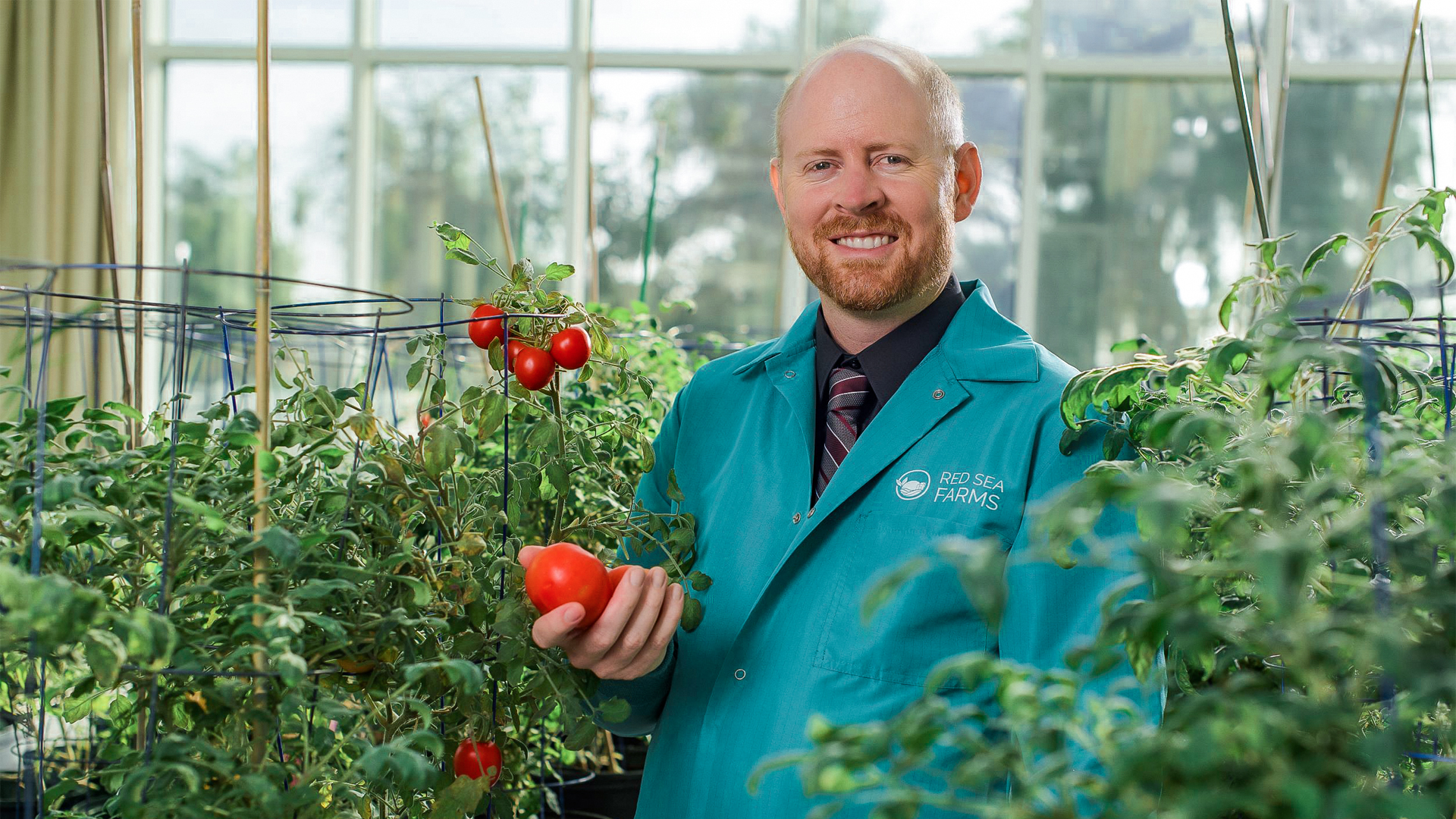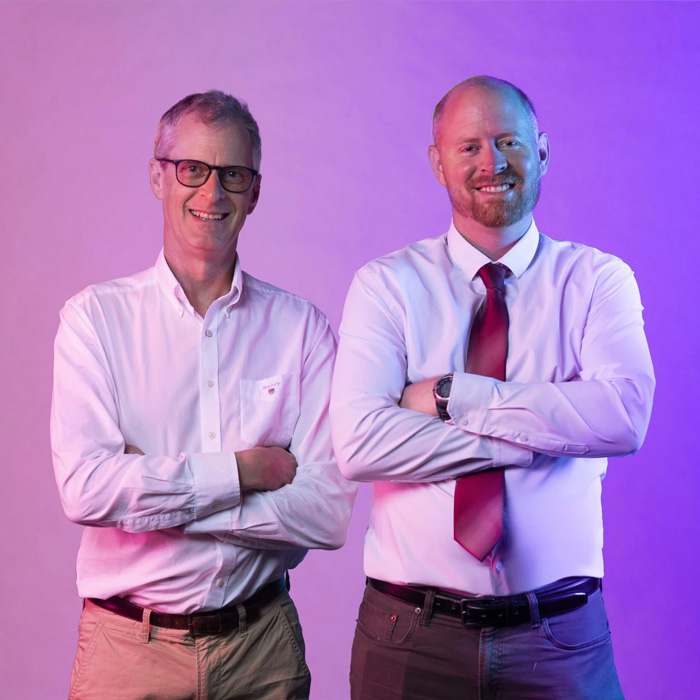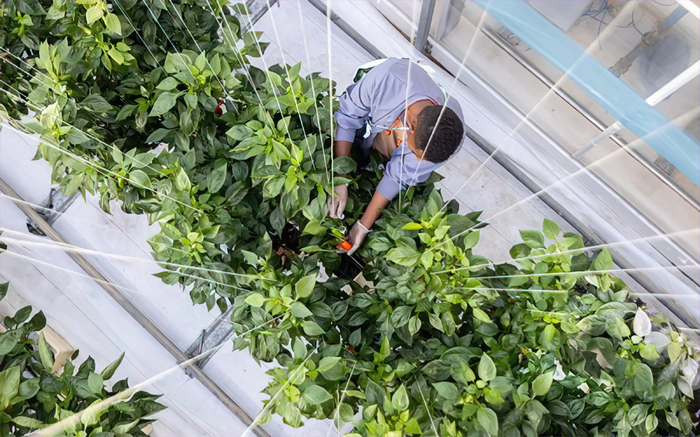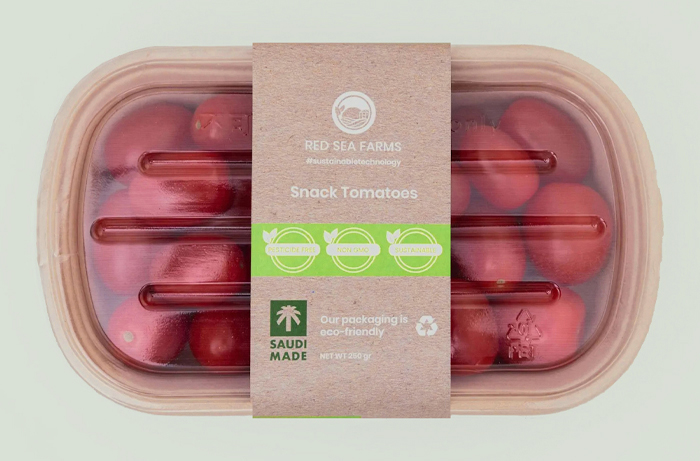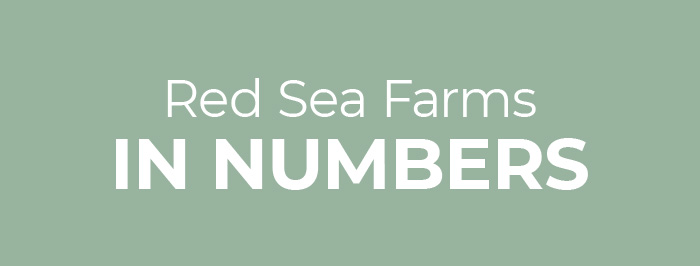Tech could someday let people even in dry climates
get clean water straight from the atmosphere›››
A bounty in the desert
Research scientist grows food in the harshest environmentsby harnessing sun and seawater 13 Mar 2023


